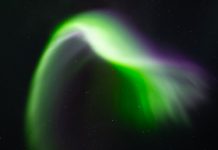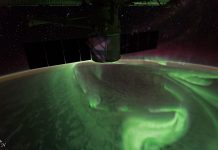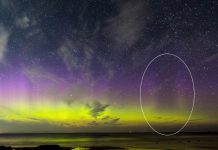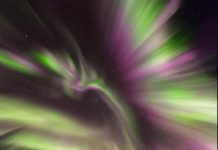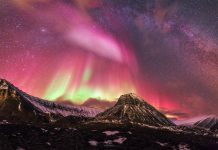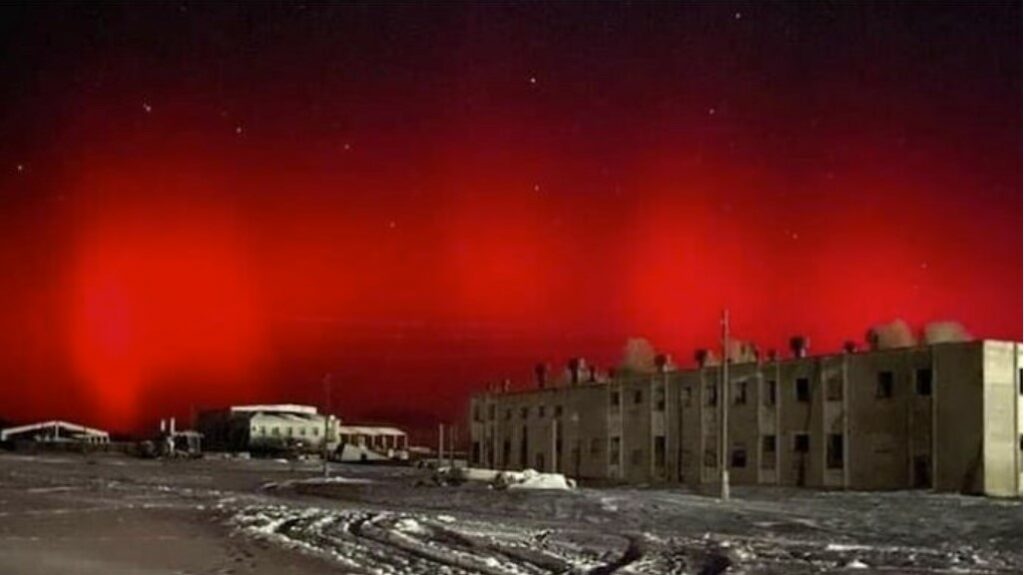
In an extraordinary celestial display, the skies over Mongolia turned deep, blood-red as the country experienced one of the rarest auroral events on Friday and early Saturday.
The intense colouration is attributed to the initial impact of a significant solar storm that collided with Earth, creating a spectacle that left onlookers in awe.
The phenomenon, known as an aurora, typically occurs closer to the poles and is often green in colour. However, the auroras seen in Mongolia were of a striking crimson hue, a rarity caused by the interaction of solar particles with oxygen at high altitudes — over 241 kilometres above the Earth’s surface, where the atmosphere is much thinner.
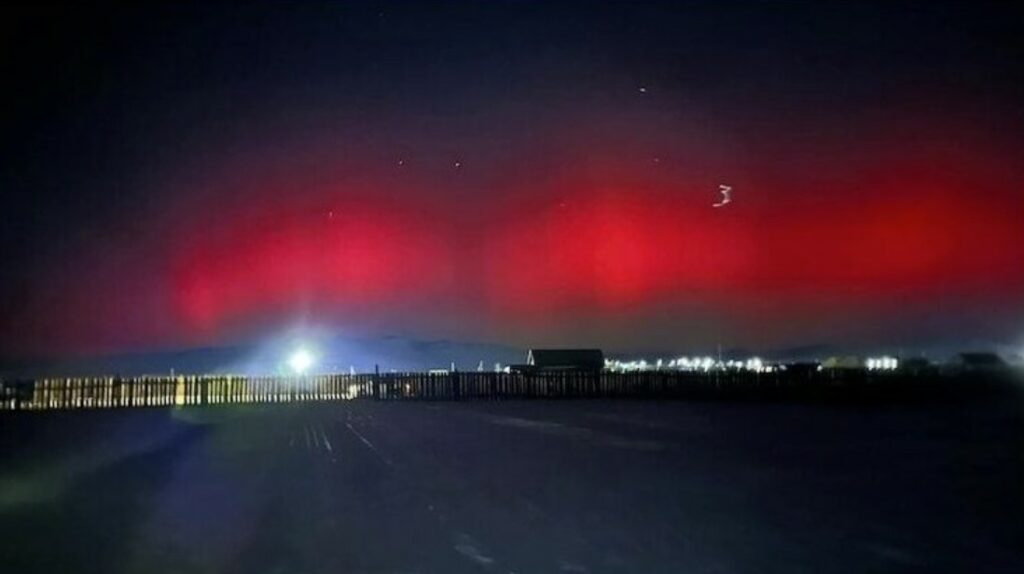
This particular shade of red is considered the most uncommon colour of the Northern Lights, or Aurora Borealis, and its appearance is closely linked to periods of intense solar activity.
The ongoing solar storm responsible for this event was the result of multiple coronal mass ejections (CMEs) from the Sun, which occurred on November 27, 2023. These CMEs sent a barrage of high-energy particles hurtling towards Earth, with the first wave reaching our planet late on November 29.
Prepare now! Protect your home and cars againts EMP, solar flare and lightnings…
The red auroras are a consequence of these solar particles colliding with oxygen molecules at higher altitudes. At such great heights, the density of oxygen is lower, and the collisions occur less frequently, resulting in the emission of red light rather than the more common green. This process is akin to the way neon lights operate, with excited gas atoms releasing photons of light when they return to their ground state.
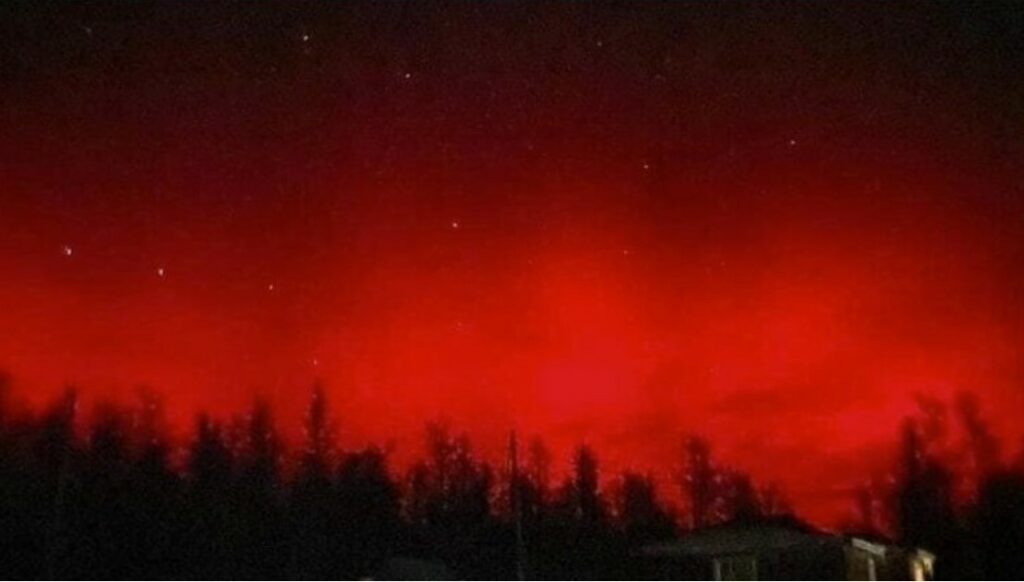
Historically, red auroras have been documented during some of the most powerful geomagnetic storms, such as the Carrington Event of 1859, which remains the most intense solar storm on record. During that event, red auroras were reported as far south as the Caribbean and Mexico, with the skies so bright that birds began to sing, mistaking the illuminated night for morning.
The occurrence of the red aurora in Mongolia has provided scientists with a unique opportunity to study the effects of solar storms at lower latitudes. While the sight may be mesmerizing, it also serves as a reminder of the Sun’s immense power and the potential impact of solar weather on our technologically dependent society.
As the solar cycle progresses towards its predicted peak in 2024, skywatchers can expect more such displays of auroral beauty, though few may rival the intensity and rarity of Mongolia’s blood red skies.
Hey friends, it’s time to wake up!
If a few more people choose to support my work, I could expose more amazing phenomena, root out more corruption and lies, and call out more hypocrites. So, if you can afford it, please support my endeavor by either using PAYPAL or the DonorBox below (PAYPAL & Credit Cards / Debit Cards accepted)…
If you are a crypto fanatic, I do now accept crypto donations:
BTC: 1AjhUJM6cy8yr2UrT67iGYWLQNmhr3cHef (Network: Bitcoin) USDT: 0x490fe5d79d044a11c66c013e5b71305af0a76c1b (Network: Etherum ERC20)
You should join my newsletter to get a daily compilation of different breaking news, pictures and videos… YOU WILL LOVE IT!
Thank you,
Manuel



